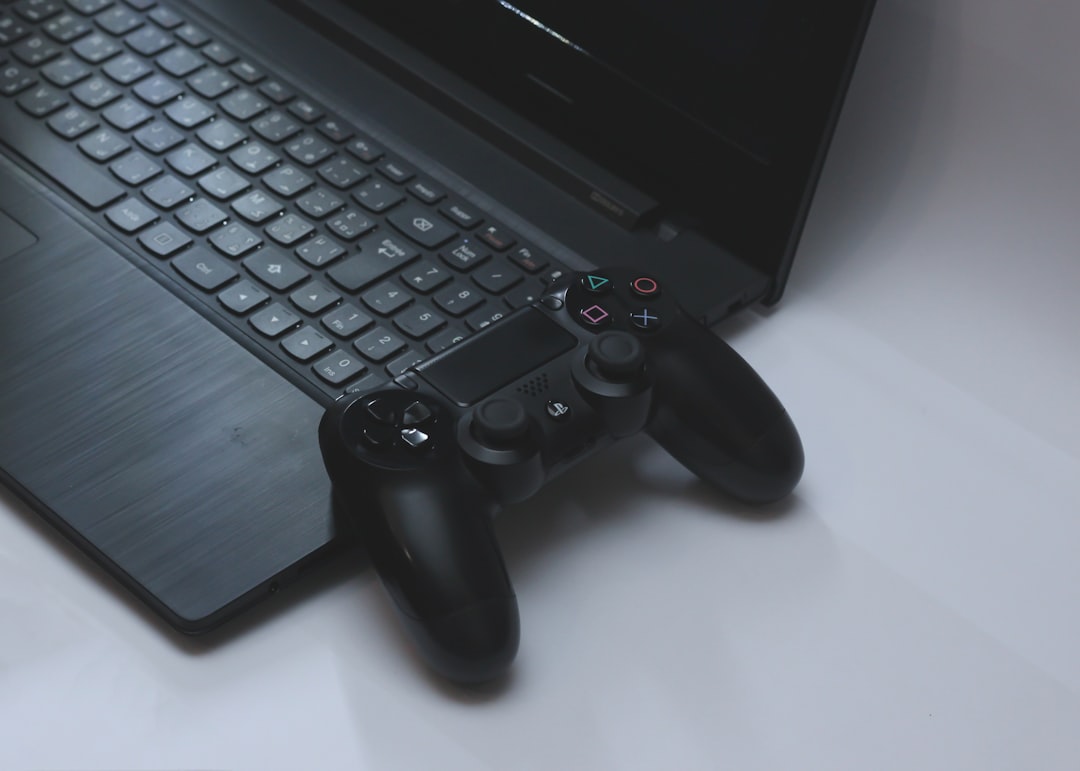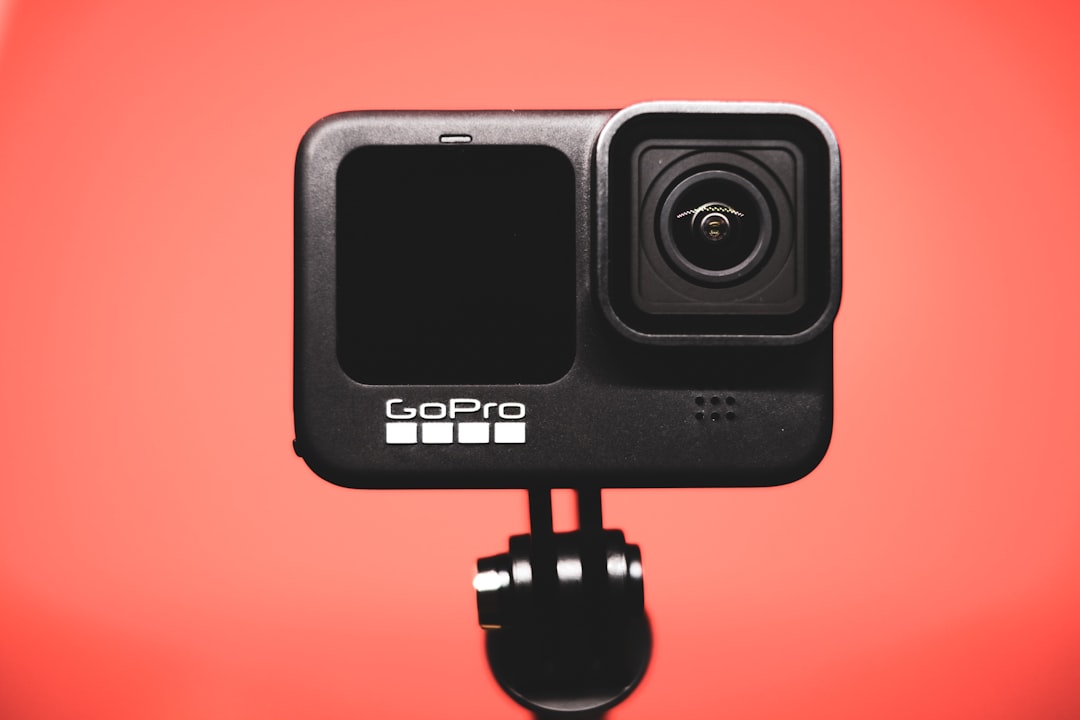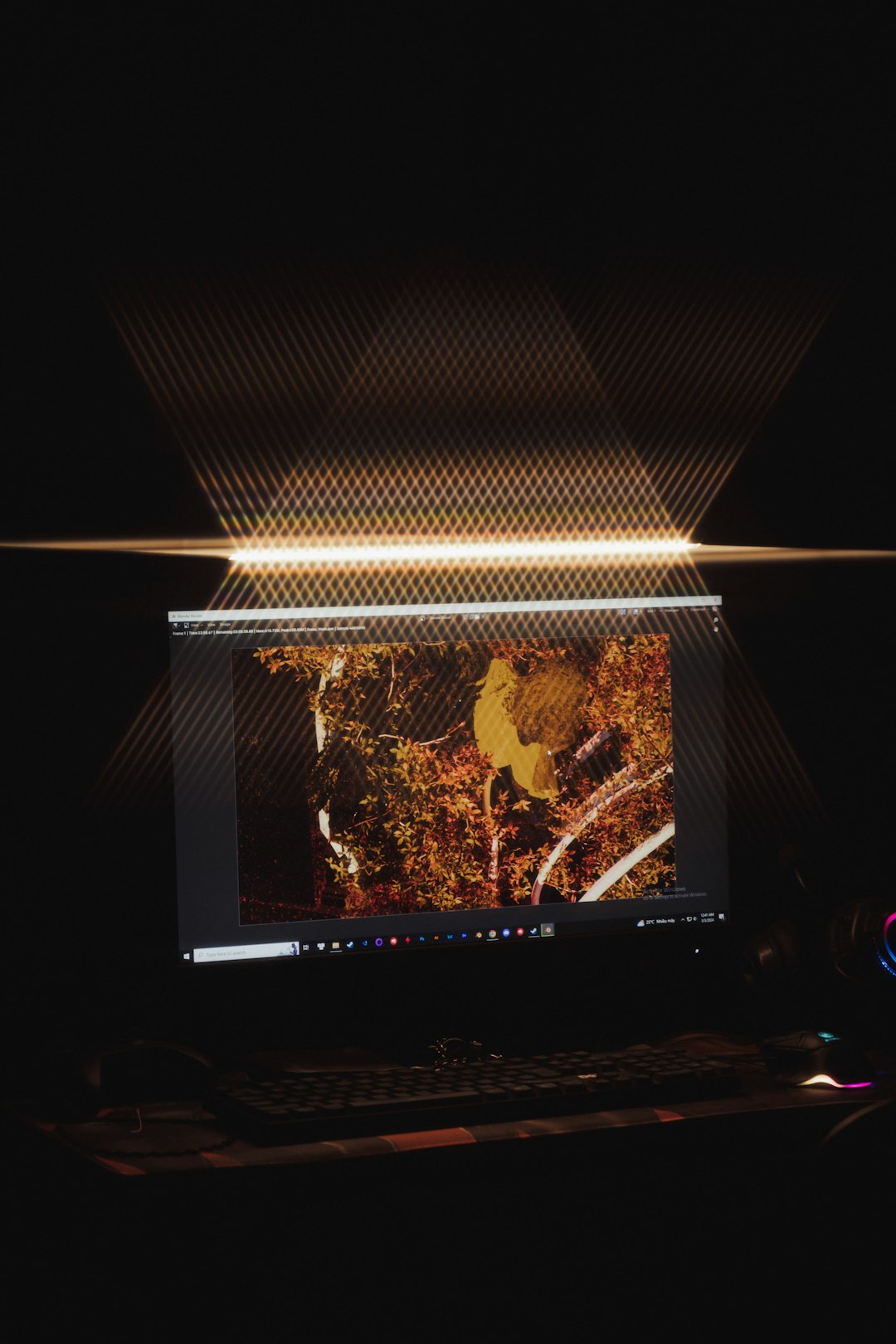So, you’ve decided to dive headfirst into the exciting world of game streaming. Whether it’s Twitch or YouTube, starting your journey as a streamer can be as thrilling as the games you plan on playing. But before you’re soaring through new levels of gameplay, engaging with a live chat, or grinding up the ranks of online communities, you need to have the right tools to make your streaming experience smooth, professional, and enjoyable—for both you and your viewers.
This guide is designed to walk you through the essential tools every beginner gamer needs to start streaming effectively. From hardware to software and even a few extras for boosting production quality, we’ll explore what matters most when going live for the first time.
1. A Capable Computer or Console Setup
First, your streaming journey starts with your gaming setup. If you’re using a gaming PC, make sure it has enough power to handle both gaming and streaming simultaneously. As a rule of thumb, consider a PC with at least:
- Processor: Intel i5 or AMD Ryzen 5 (or better)
- RAM: Minimum 16 GB
- Graphics Card: NVIDIA GTX 1660 or higher
For console streamers (like those on PS5 or Xbox Series X), you can begin streaming directly using built-in features. However, for a more professional appearance and customizable overlays, a capture card is highly recommended.
Pro Tip: Using a dual-PC setup—one for gaming and one for streaming—can increase performance, but it’s not essential when starting out.

2. Streaming Software (OBS Studio or Streamlabs)
Your choice of streaming software acts as the control room for your live shows. The two most popular options are:
- OBS Studio: Free, open-source software favored for its customizability and light system resource usage.
- Streamlabs: Based on OBS but has built-in tools, themes, and integrations aimed at beginners.
Either will do the job, but if you’re looking for a more intuitive, feature-rich start, you might lean toward Streamlabs. OBS Studio, however, offers far more flexibility for future growth.
Whichever one you choose, it’ll help you manage sources—like your webcam, gameplay feed, overlays, and alerts—and let you stream to multiple platforms with ease.
3. A Good Quality Microphone
Audio quality can often make or break your stream. Viewers can tolerate subpar video occasionally, but poor audio is usually a dealbreaker. Fortunately, there are great beginner microphones that won’t break the bank.
- USB Microphones: Easy to set up and more affordable. Look into the Blue Yeti, Elgato Wave:3, or Razer Seiren X for quality and reliability.
- XLR Microphones: Aimed at more serious streamers. If you’re thinking long-term and want precise control over sound, consider the Audio-Technica AT2020 XLR—alongside a mixer or audio interface.
Tip: Don’t forget a pop filter and a boom arm. They help minimize background noise and let you position your mic comfortably.
4. A Reliable Camera for Face Capture
Adding a video feed of yourself is a great way to engage with viewers and add personality to your stream. A webcam is typically sufficient:
- Logitech C920 or C922: Industry favorites for good reason. Affordable and capable of 1080p at 30fps or 720p at 60fps.
- Elgato Facecam: Great for content creators seeking quality above most built-ins.
If you want to step up your game, you can use a DSLR or mirrorless camera with a capture card like the Elgato Cam Link 4K. However, this investment makes more sense once you’ve settled into streaming long-term.

5. Capture Card (For Console Streamers)
If you’re streaming from a console, a capture card allows you to transfer your gameplay footage to your PC and use streaming software. A few solid choices include:
- Elgato HD60 X or HD60 S+: Plug-and-play, and compatible with most modern consoles.
- AVerMedia Live Gamer Portable 2 Plus: Another strong option with onboard recording capabilities.
A capture card gives you more control over your stream and allows you to use overlays, custom alerts, and scene changes just like PC streamers.
6. Streaming Overlays and Alerts
One of the first things you’ll want to customize in your stream is its appearance. Overlays help brand your channel, provide information, and engage viewers with a professional look. These usually include:
- Scene Transitions
- Chat Windows
- Follower/Subscriber Alerts
- Stream Labels (showing recent donations, subs, etc.)
Free and premium overlays can be found on sites like Own3D.tv, Nerd or Die, and Streamlabs Theme Library.
Helpful Tip: Keep overlays minimal and non-distracting. Your gameplay and commentary should remain the focus!
7. Headphones or Headsets
Feedback loops from your speakers to your microphone can ruin audio quality. Using headphones or a headset is essential. Depending on your budget, you can go for:
- Gaming Headset: Excellent for capturing game audio and voice in one package. The SteelSeries Arctis and HyperX Cloud ranges are fantastic options.
- Studio Headphones: Pair these with a standalone mic for a more advanced setup. Look into Audio-Technica ATH-M50x or Beyerdynamic DT 770 PRO.
Get something comfortable—you’ll likely wear them for long streaming sessions!
8. Internet Connection
A solid internet connection is the unsung hero of any successful stream. Poor connectivity causes lag, buffering, and ultimately, a frustrated audience. Here’s what you should aim for:
- Download Speed: 20 Mbps or higher
- Upload Speed: Minimum 5 Mbps for 720p streams, but ideally 10 Mbps+
- Use an Ethernet Cable: Avoid Wi-Fi when streaming. Wired connections are faster and more stable.
You can test your connection using Speedtest.net.
9. Chat Bot and Moderation Tools
As your audience grows, you’ll want help managing chat, automating messages, and moderating unwanted behavior. Chat bots like these can be lifesavers:
- Nightbot: Offers command customizations, spam filters, and timers.
- StreamElements Bot: Powerful and integrates with your overlays and revenue tools.
- Moobot: Simple yet incredibly efficient for stream moderation.
These tools make communication easier and keep your community safe and engaging.
10. Lighting
Even with a good webcam, poor lighting can make your stream look amateurish. Investing in proper lights goes a long way. You don’t need a Hollywood setup—just something to illuminate your face evenly:
- Ring Lights: Popular among streamers, budget-friendly, and space-saving.
- Softboxes or LED Panels: Offer broader and more adjustable lighting for professional looks.
- Elgato Key Light: A premium choice that integrates with Stream Deck and offers customizable brightness and color temperature.

Final Thoughts
Every streamer’s journey is unique, but starting strong with the right essentials can make a world of difference. Focus on building a stream that balances reliability, clear audio/video, and engaging content. Most importantly, don’t stress perfection. As you grow and learn, you’ll refine your equipment and approach.
Streaming isn’t just about technical tools—it’s about building a
